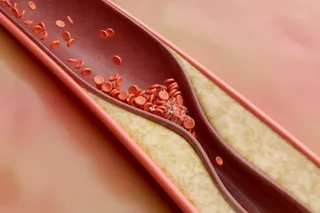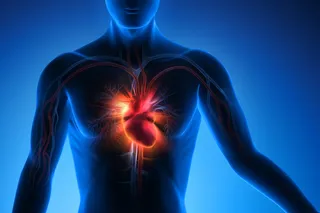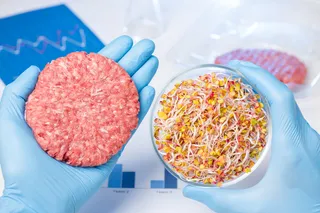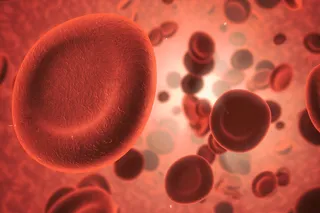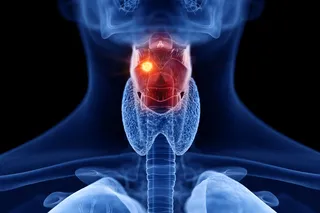Hibernation might sound like an extreme way of life: Animals gain a lot of weight quickly, then drastically slow their metabolism to survive off stored energy through long, cold months.
But for all its intensity, hibernation is surprisingly healthy, so much so that researchers are now exploring whether humans carry dormant versions of the same genetic switches that allow bears, ground squirrels, and other hibernators to cycle through extreme physiological changes without damaging their health.
In two companion studies published in Science, a research team from University of Utah Health uncovered molecular pathways that could help make humans more like hibernators — at least in the ways that matter most for health and disease prevention.
Hibernation and Our Metabolism
In the first study, the team investigated a genetic cluster associated with hibernation and how its regulation affects metabolism. They focused on a region known as the fat mass and obesity (FTO) locus, which also exists in humans. Notably, this region is our strongest genetic risk factor for obesity, explained senior author Chris Gregg, a professor at University of Utah Health, in a press release.
The researchers discovered hibernator-specific DNA regions that regulate the FTO locus, tuning nearby genes up or down, likely to support rapid weight gain before hibernation, followed by long periods of fasting.
To test their theory, they edited these hibernator-specific DNA regions in mice (which don’t naturally hibernate). The result: changes in metabolism and behavior resembling that of hibernators, including altered weight regulation, body temperature control, and foraging instincts.
“When you knock out one of these elements — this one tiny, seemingly insignificant DNA region — the activity of hundreds of genes changes,” said co-author Susan Steinwand in the press statement. “It’s pretty amazing.”
Read More: Dwarf Lemurs Combat Aging During Hibernation By Reversing Their Cellular Clocks
Hibernator Gene Switches
In the second study, the researchers explored how hibernators regulate these genetic responses in the brain. They focused on the hypothalamus, a brain region that plays a central role in metabolism.
By analyzing gene expression in fasting and fed mice, and comparing it with the genetic profile of hibernating species, they identified key genes that act as coordinators of fasting responses.
The team theorizes, that over evolutionary time, these genes became genetic "switches," turned on or off depending on whether hibernation was advantageous. In theory, these same switches could one day be targeted in humans for therapeutic benefit.
Carrying Metabolic Superpowers
All of this suggests that human metabolism might be more rigid than that of hibernators, forcing us to consume energy continuously to stay alive. But the good news is, we may already carry the genetic framework for metabolic flexibility; we just haven’t learned how to access it yet.
Why would we want to? Despite the extreme conditions hibernators endure, they remain in remarkably good health. They reverse neurodegeneration, avoid type 2 diabetes despite rapid weight gain, preserve muscle mass, and age more healthily overall.
“There’s potentially an opportunity — by understanding these hibernation-linked mechanisms in the genome — to find strategies to intervene and help with age-related diseases,” said Gregg. “If that’s hidden in the genome that we’ve already got, we could learn from hibernators to improve our own health.”
This article is not offering medical advice and should be used for informational purposes only.
Read More: How These 5 Species Hibernate During the Winter
Article Sources
Our writers at Discovermagazine.com use peer-reviewed studies and high-quality sources for our articles, and our editors review for scientific accuracy and editorial standards. Review the sources used below for this article:




